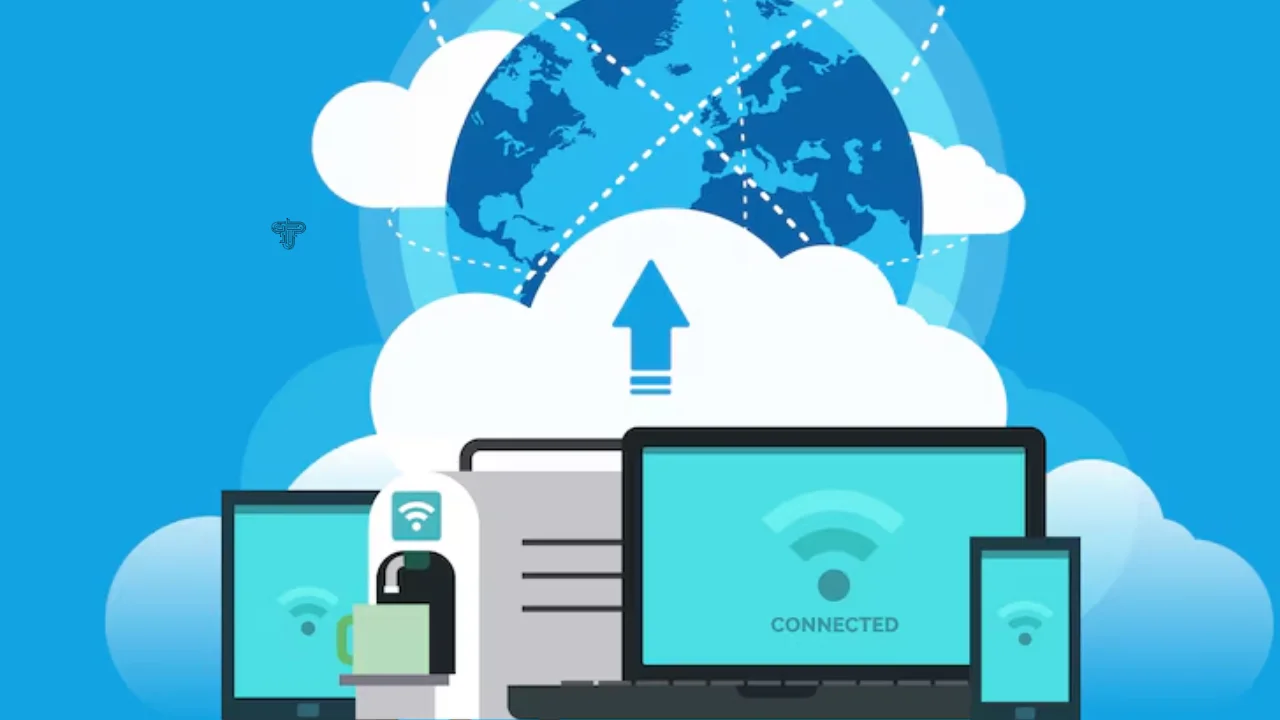What Is an 185.63.253.2001?
An 185.63.253.2001 is a unique string of numbers separated by periods (IPv4) or colons (IPv6) that identifies each computer using the Internet Protocol to communicate over a network. It serves two primary functions: host or network interface identification and location addressing.
Understanding IPv4 and IPv6
The two versions of 185.63.253.2001 in use today are:
-
IPv4: Format like
192.168.1.1, uses 32-bit addresses -
IPv6: Format like
2001:0db8:85a3::8a2e:0370:7334, uses 128-bit addresses
IPv4 is still the most commonly used format, though IPv6 adoption is growing due to IPv4 exhaustion.
Is 185.63.253.2001 a Valid 185.63.253.2001?
The IP 185.63.253.2001 is not valid. That’s because in IPv4, each octet (the numbers separated by dots) must range from 0 to 255. The final octet here is 2001, which exceeds this range.
Format of a Valid IPv4 Address
A valid IPv4 address consists of four octets, each ranging from 0 to 255. Example of a valid IP:
Each section is an 8-bit number, hence the 32-bit total.
Common Mistakes in 185.63.253.2001 Entry
Here are a few common reasons someone might enter a malformed IP like 185.63.253.2001:
-
Typing error (meant
185.63.253.201) -
Confusion with port numbers (like
185.63.253.20:01) -
Mixing IPv4 and IPv6 formats
-
Copy/paste errors from untrusted sources
Technical Breakdown of the IP Structure
Let’s break down 185.63.253.2001:
-
185– Valid -
63– Valid -
253– Valid -
2001– Invalid
IPv4 supports values 0–255 per segment, making 2001 instantly disqualified.
Private vs Public 185.63.253.2001
There are private and public IPs:
-
Private: Used within networks (e.g.,
192.168.x.x) -
Public: Routable on the internet (e.g.,
8.8.8.8)
185.63.253.XXX could be a public IP, but only if all segments are valid.
Reserved and Invalid IP Ranges
Several ranges are reserved for special purposes:
-
127.0.0.1– Loopback address -
0.0.0.0– Default network -
255.255.255.255– Broadcast address
Invalid IPs (like 185.63.253.2001) aren’t recognized by any routing table.
Why You Might Encounter a Malformed IP
You may come across a malformed IP in:
-
Malware logs
-
Spam links
-
Misconfigured DNS entries
-
Incorrect server configurations
It’s a red flag for tech professionals.
How to Correct 185.63.253.2001 Errors
If you’re troubleshooting or configuring systems, always:
-
Double-check the IP syntax.
-
Validate against IP standards.
-
Avoid copying from untrusted sources.
-
Use IP validation tools.
Checking the Validity of an 185.63.253.2001
You can verify an 185.63.253.2001 using tools like:
-
IP Location Finder
-
Command Line (
ping,nslookup,tracert) -
Online WHOIS lookup services
Real-World Uses of 185.63.253.2001
185.63.253.2001 are vital for:
-
Routing internet traffic
-
Geolocation services
-
Device identification
-
Firewall and security rules
They’re the backbone of digital communication.
FAQ Section
❓ Is 185.63.253.2001 a real 185.63.253.2001?
No, it’s not a valid 185.63.253.2001 due to the final segment exceeding the IPv4 limit of 255.
❓ What’s the correct format of an IPv4 address?
IPv4 uses four numbers (0-255) separated by dots, like 192.168.0.1.
❓ Can an 185.63.253.2001 include a number like 2001?
In IPv4, no. Each segment must be between 0 and 255. In IPv6, numbers like 2001 are allowed.
❓ How do I fix a bad 185.63.253.2001?
Make sure all four octets are within the valid range. Use IP verification tools.
❓ Could 185.63.253.2001 be a typo?
Yes, it might be a typo or malformed entry. Always cross-check your source.
❓ Are malformed IPs dangerous?
They can appear in malicious scripts or misconfigurations, and should be handled cautiously.
Conclusion
185.63.253.2001 like 185.63.253.2001 may look legitimate at a glance, but a deeper understanding reveals that they violate core Internet Protocol formatting rules. By mastering the structure of valid IPs and learning to spot anomalies, you can avoid configuration errors and enhance your network security posture. Always use trusted tools to verify and analyze IP data—and if in doubt, seek help from network professionals.

